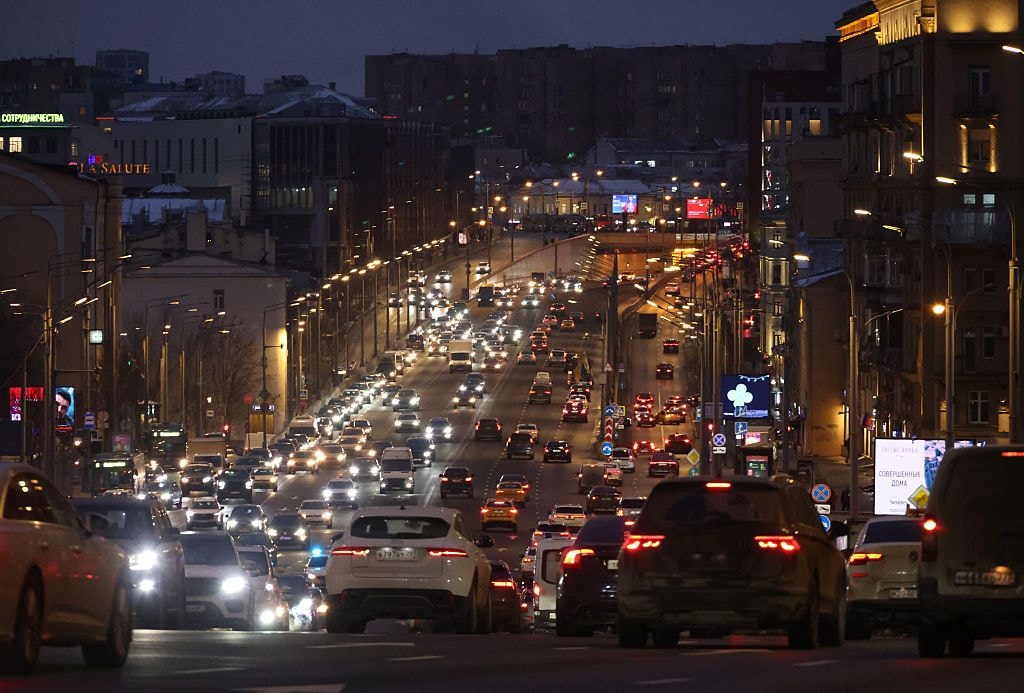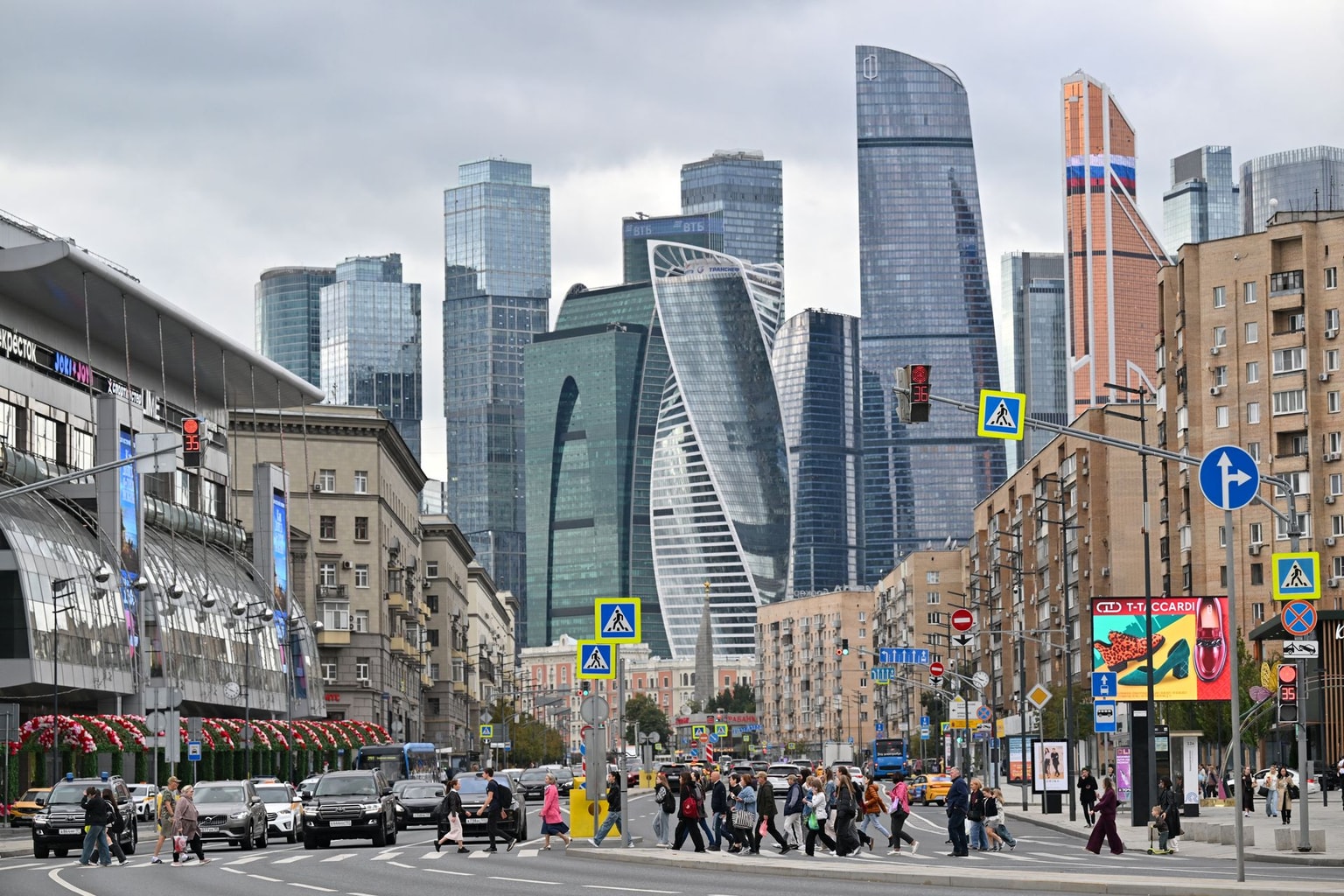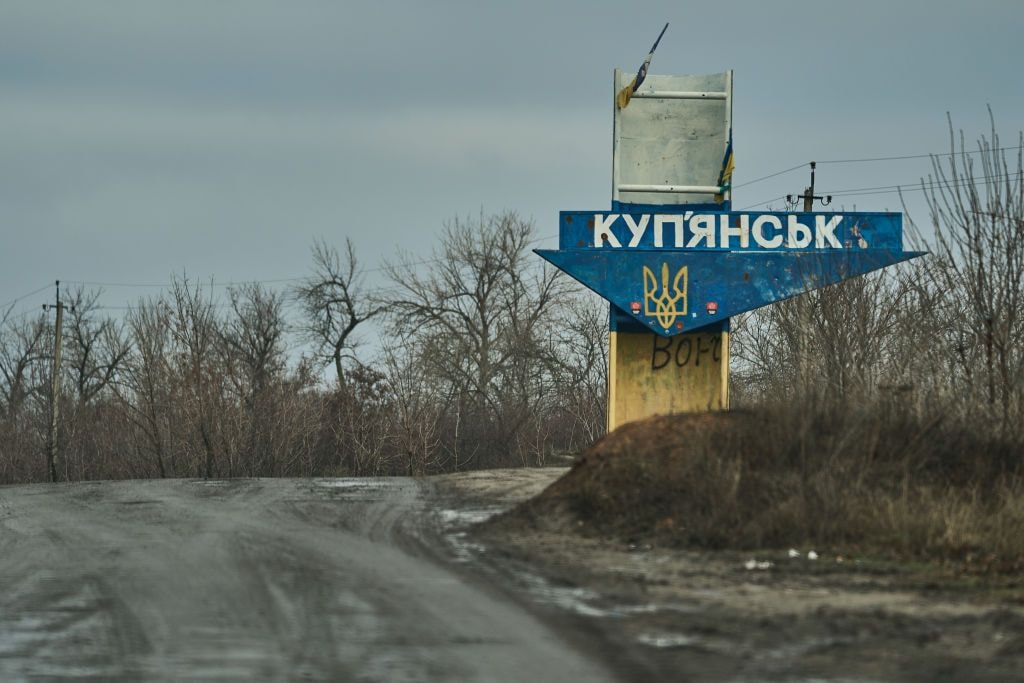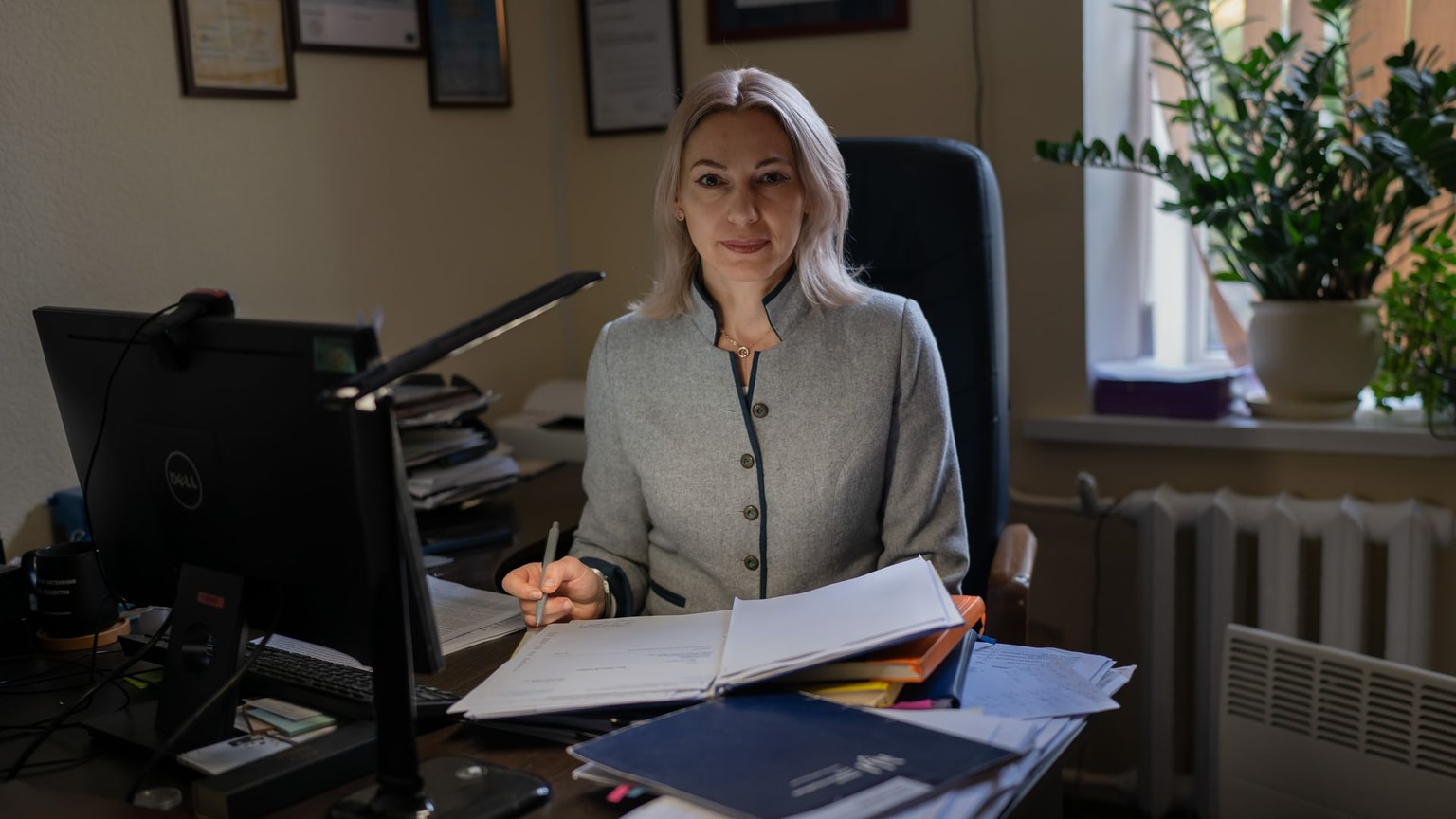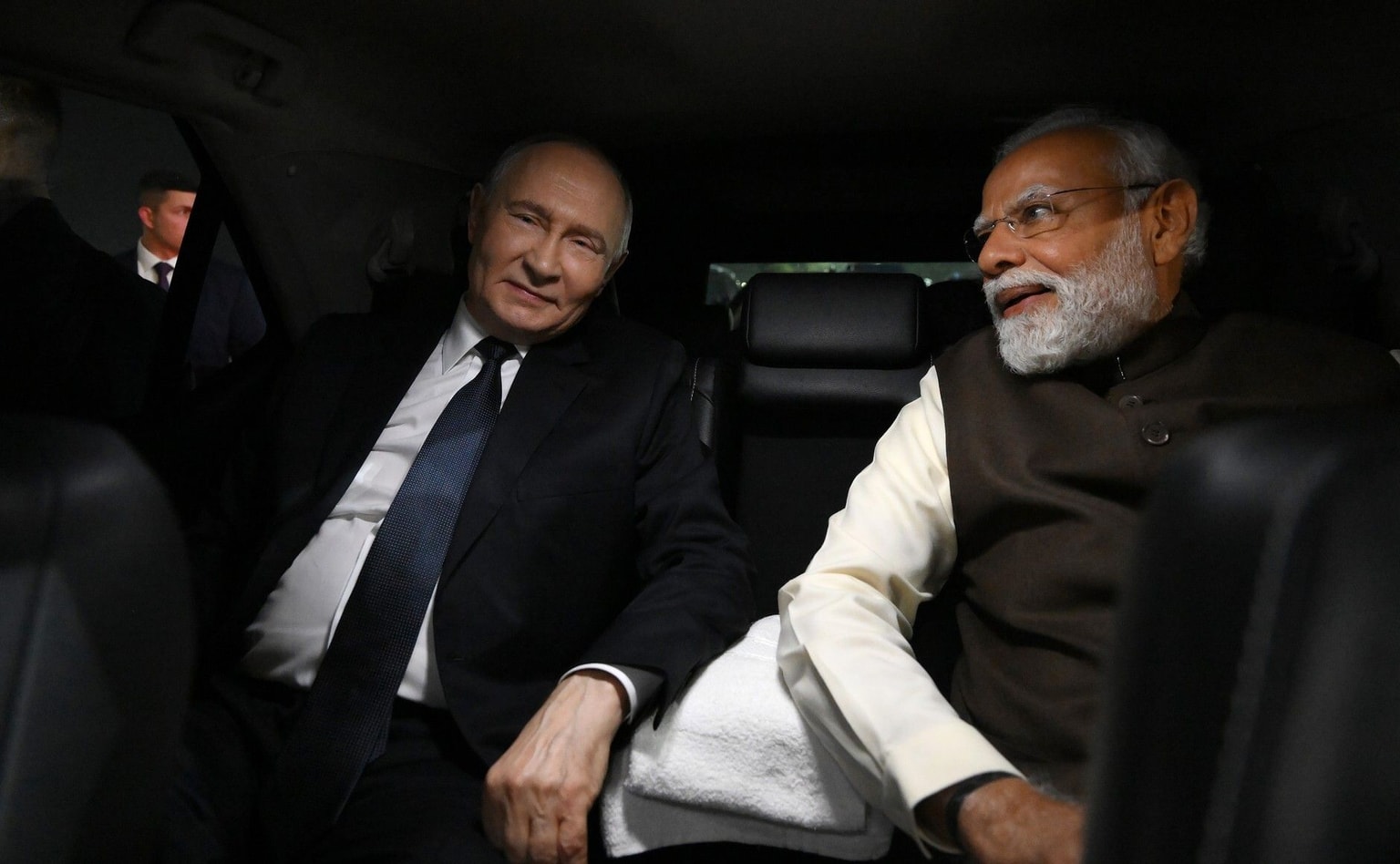Russia plans more than 25% increase of funding for Putin, presidential administration

Russia is planning a 25.6% increase in its funding for President Vladimir Putin and his presidential administration, according to a draft budget for 2025 published on Sept. 30.
Expenses for Putin and the presidential administration will increase to 30.9 billion rubles ($332 million). The bulk of the expenses — 21 billion rubles ($235 million) are earmarked for an increase in salaries for the president and his staff.
Other expenses will be directed toward purchasing goods for Putin and the staff of the administration, which numbers some 2,000 people.
With no immediate end to the full-scale war in Ukraine in sight, the Russian government will also increase defense spending to 13.2 trillion rubles ($142 billion) in 2025 from a projected 10.4 trillion rubles ($111 billion) in 2024.
In contrast, social spending is expected to amount to 7.7 trillion rubles ($87 billion), or 21.1% of the Russian budget in 2024. The figure will further drop in 2025, with 6.49 trillion rubles ($69 billion) allocated for social spending in 2025, accounting for 15.7% of total expenses.
Economists have predicted that Russia is on track for an intense economic slowdown due to significant labor shortages and constraints placed on the key sectors that have historically backed growth.
In February 2024, U.S. intelligence estimated that since the beginning of the full-scale invasion, Russia has spent up to $211 billion on military operations in Ukraine. The war has also cost Russia up to $1.3 trillion in lost economic growth through 2026, an undisclosed source in U.S. intelligence told Reuters.





